Houseplants that absorb moisture from the air – 5 plants to place in humid spots of your home
It's all thanks to a process called foliar uptake
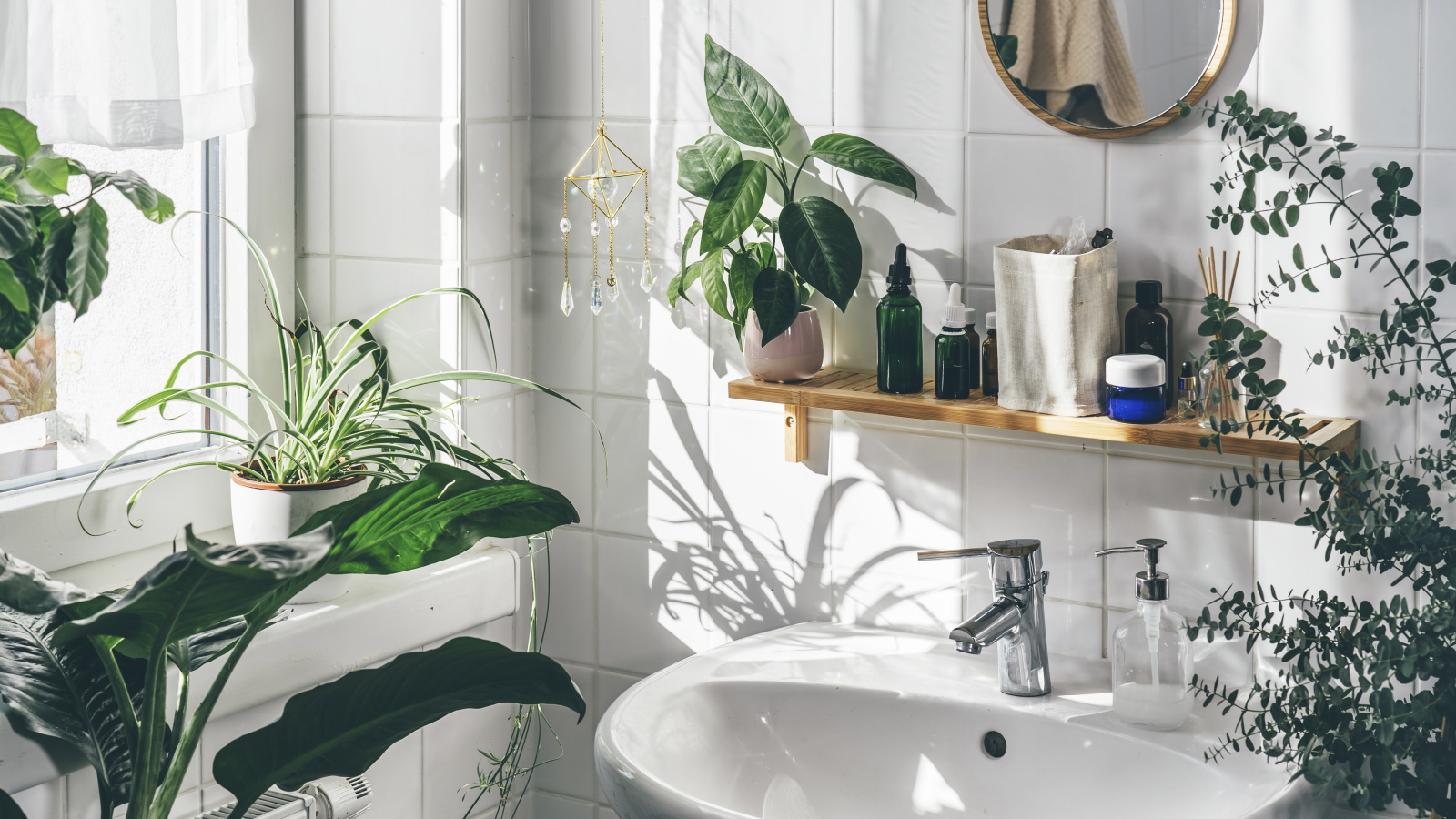

As the winter months settle in, more of us are noticing condensation on the windows and a general excess of moisture in the air of our homes. You might have already tried dehumidifiers and moisture absorbing devices, but have you also considered houseplants that absorb moisture?
We already know there are some houseplants that banish condensation, but now experts have shared which indoor plants are the best at absorbing moisture from the air. They can be used as bathroom plants where you tend to have a lot of steam, or placed in other rooms prone to excess moisture and humidity.
And if you're wondering how houseplants that absorb moisture from the air do it, it's no magic trick. It comes down to a scientific process called foliar uptake. Here, experts share everything you need to know about this process and which houseplants are best at absorbing moisture from the air.
How do houseplants absorb moisture from the air?
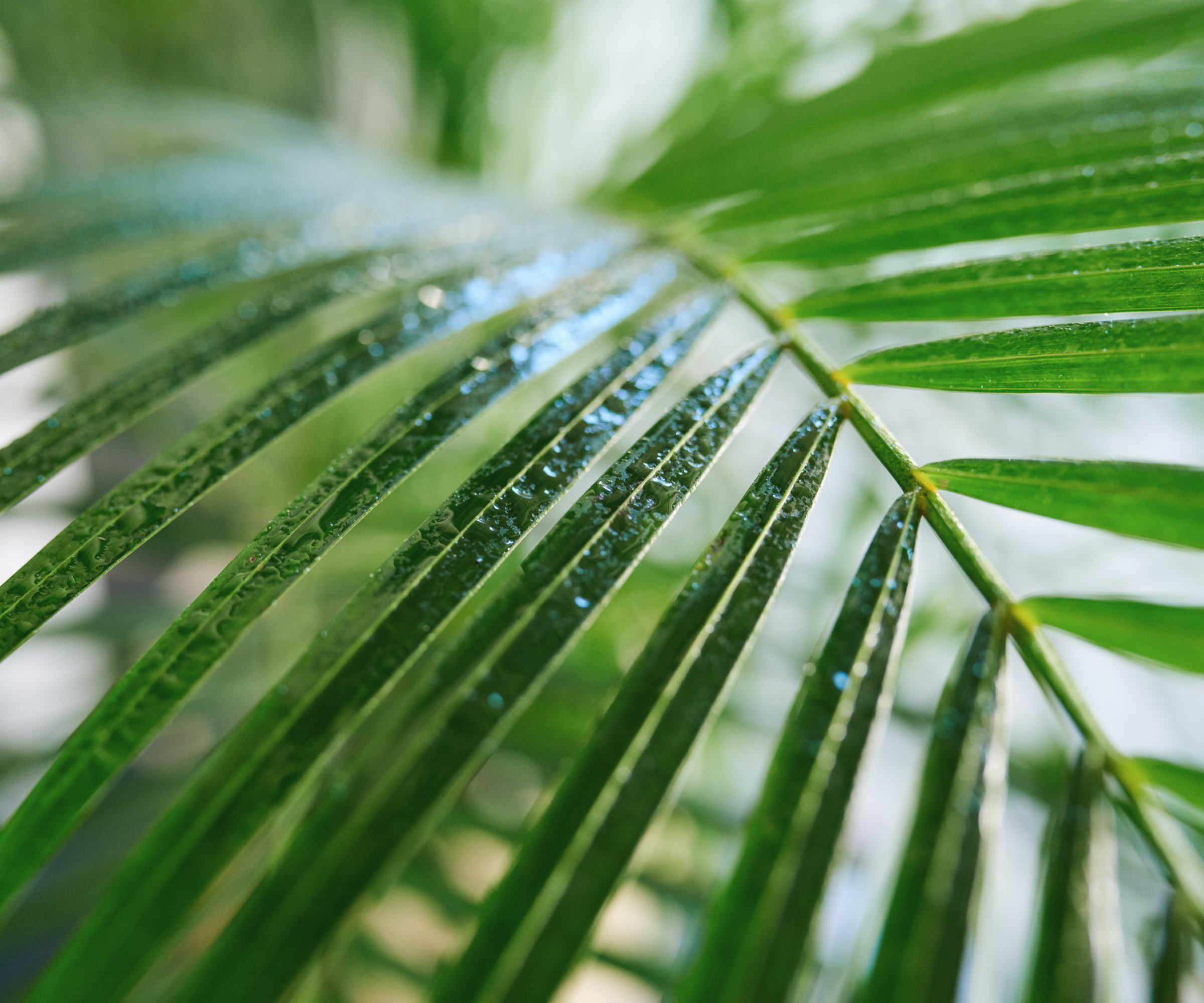
While you might feel skeptical about the ability of indoor plants to absorb moisture from the air, the process of foliar uptake explains how this is possible.
'Foliar uptake is the process in which plants absorb water through their leaves and stems through tiny pores known as stomata or directly through the leaf cuticle,' says horticulture expert and founder of Yardwork, Michael Clarke.
'It is particularly common for plants that grow in areas with high amounts of fog or humidity and can help plants maintain moisture levels during periods of drought,' he adds.
Although the effect will be minimal and not on the same scale as plants growing in their natural habitat, houseplants, especially tropical indoor plants, can replicate foliar uptake in the immediate air around them when growing in particularly humid parts of your home.
5 houseplants that absorb moisture
Some houseplants are more efficient at absorbing moisture from the air than others. These are the plants you might wish to place in humid spots of your home to help regulate moisture levels in the air. Here are five houseplants that absorb moisture for you to consider:
1. Orchids
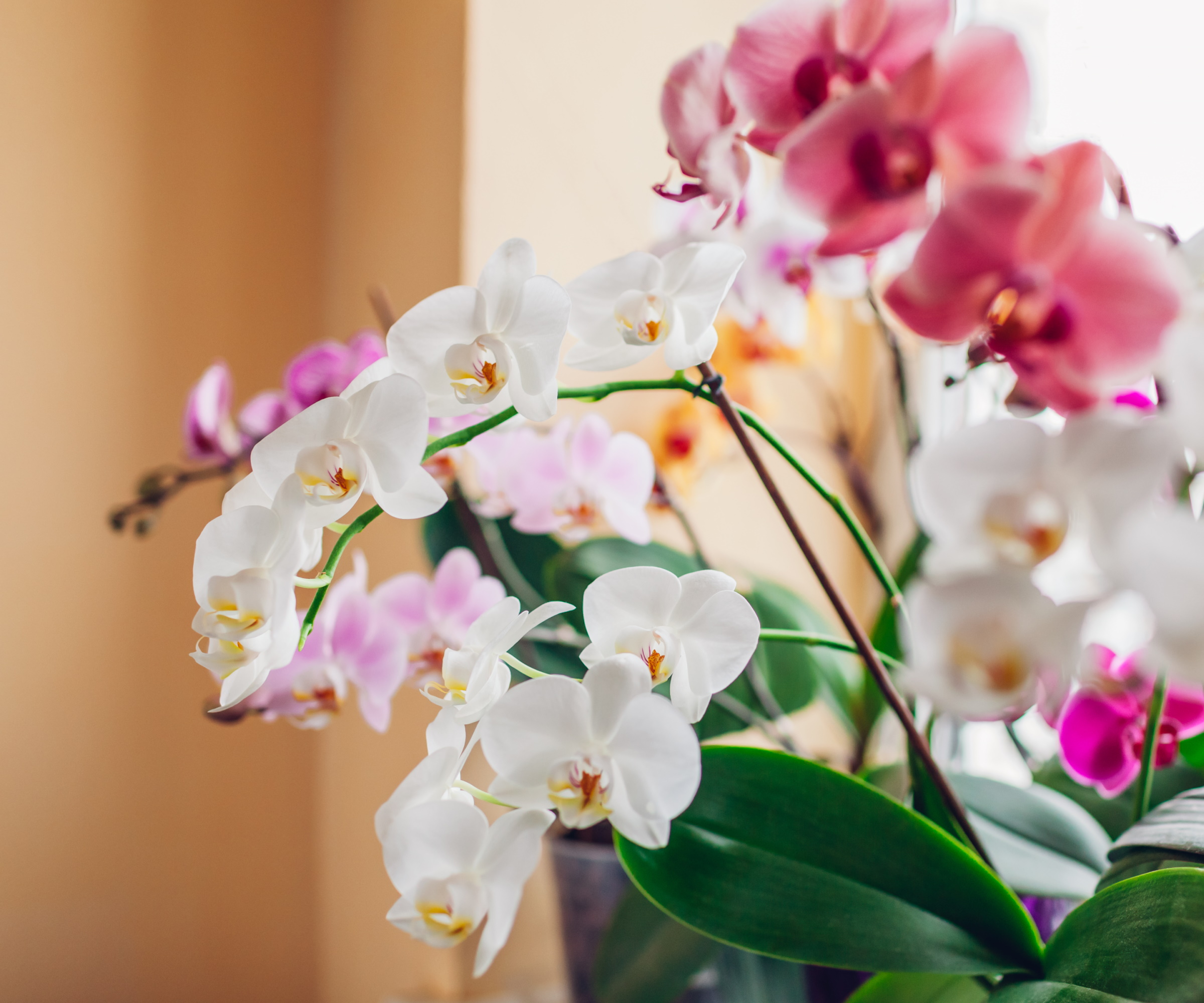
Orchids are a classic houseplant favorite, and there are so many types of orchids to choose from. If these notoriously fussy houseplants make you nervous, even some of the easiest orchids to grow absorb moisture well.
'Orchids, like moth orchids, are able to take up water through their aerial roots and their leaves when under high humidity conditions,' explains Paris Lalicata, head of plant education and community at The Sill.
In their natural habitat, you find orchids growing on the bark of trees, rather than in soil. This makes them epiphytes, as indicated by their aerial roots.
As Paris notes, orchids gain nutrients from the air through these roots, and this includes through moisture absorption. That's why you might have witnessed indoor gardeners try to increase humidity for indoor plants like orchids, such as with a plant mister (from Walmart).
When caring for orchids, make sure to provide them with plenty of bright, indirect light and water orchids only when their roots look silver rather than green.

Paris has been at The Sill for five years, looking after Plant Education and Community. She is a self-taught plant expert with over ten years of experience growing houseplants and is currently working on becoming a certified sustainable gardener. She maintains an indoor garden of over 200 plants in the north-east of the USA and is passionate about making plant care more digestible for budding plant parents.
2. Ferns
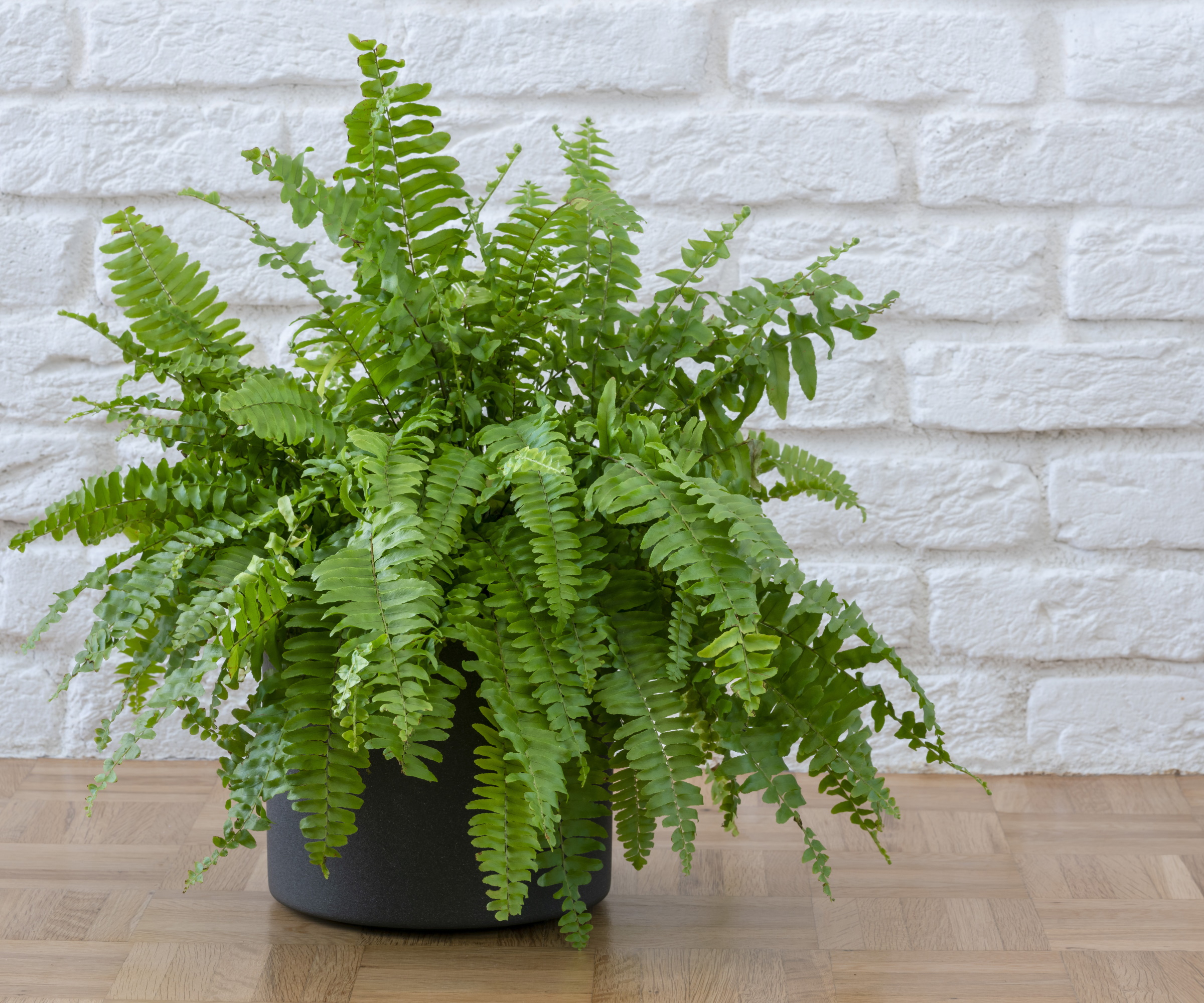
While you might picture ferns as woodland plants growing beneath canopies of trees, there are actually many beautiful ferns to grow indoors that can assist in moisture absorption.
'Ferns are known to absorb water through their delicate fronds when placed in humid environments,' says Paris.
Whether you prefer a Boston fern, asparagus fern, or bird's nest fern, having one of these statement plants in your home can work well to draw moisture from the air.
'Most ferns prefer medium to bright indirect light, but can tolerate low light. However, they are not suited for strong, direct sunlight,' Paris says.
If you notice your Boston fern turning brown, or the fronds of another fern crisping up, it could be a sign of leaf scorch or incorrect watering. Try using this moisture meter from Amazon to identify when it's time to water your houseplants.
3. Pothos
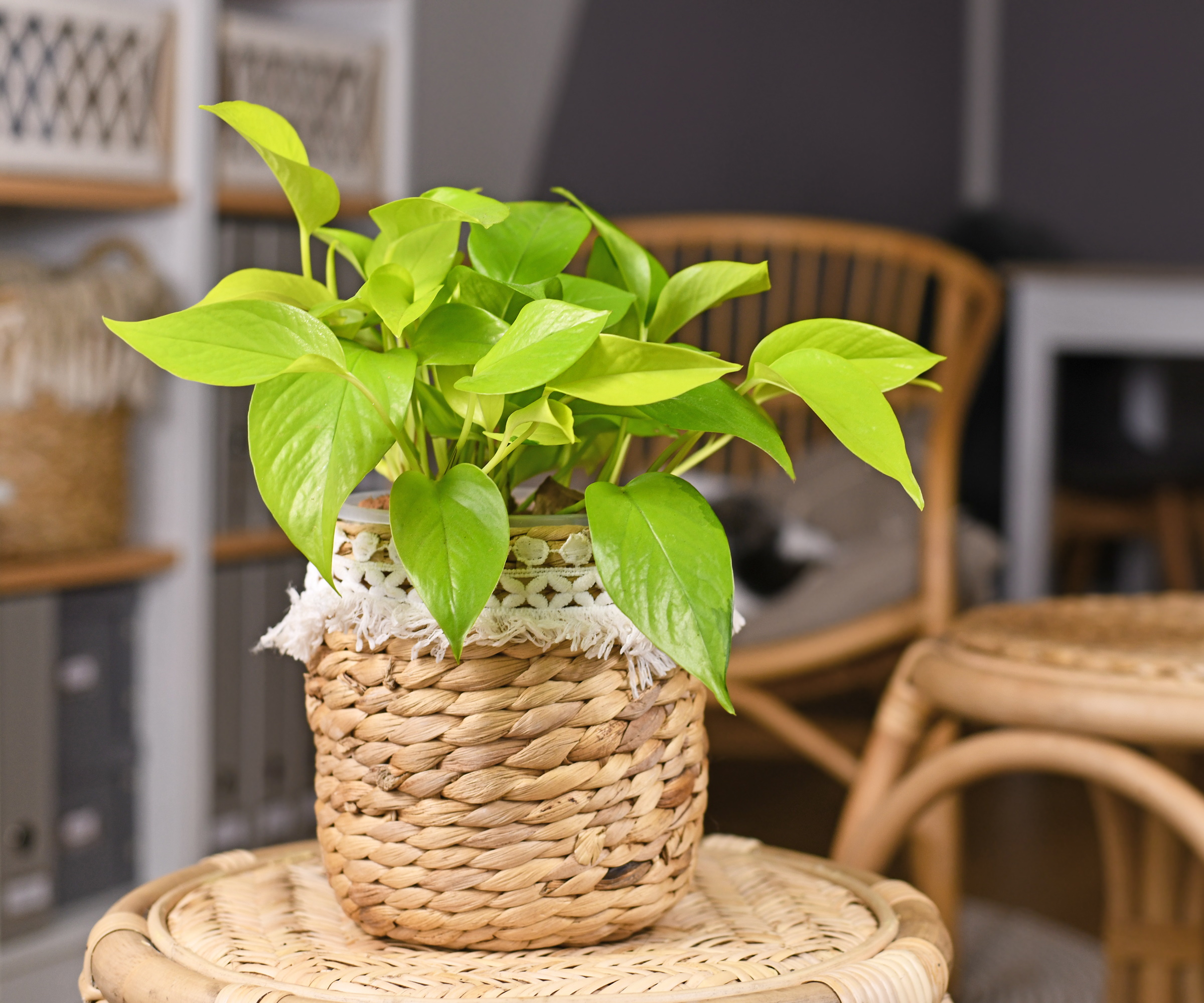
If you're looking for an indoor hanging plant to help regulate moisture levels, there isn't a more obvious choice then the best pothos varieties. These tropical vining plants have been known to be air cleaning indoor plants, drawing both moisture and toxins from the air.
'Pothos are excellent houseplants in high humidity environments, preferring bright, indirect light and deep waterings when the top one inch of soil has become dry,' says Michael.
When caring for a pothos, make sure to also use a more acidic potting soil - like this pothos potting mix on Amazon.
'The best potting soil for these indoor plants is also well-draining to ensure enough airflow through their root zone,' says Michael.

Michael Clarke is the founder of Yardwork and Pulled, the online platforms for everything home and garden. He has a degree in landscape architecture and horticulture from the University of California Davis.
4. Bromeliads
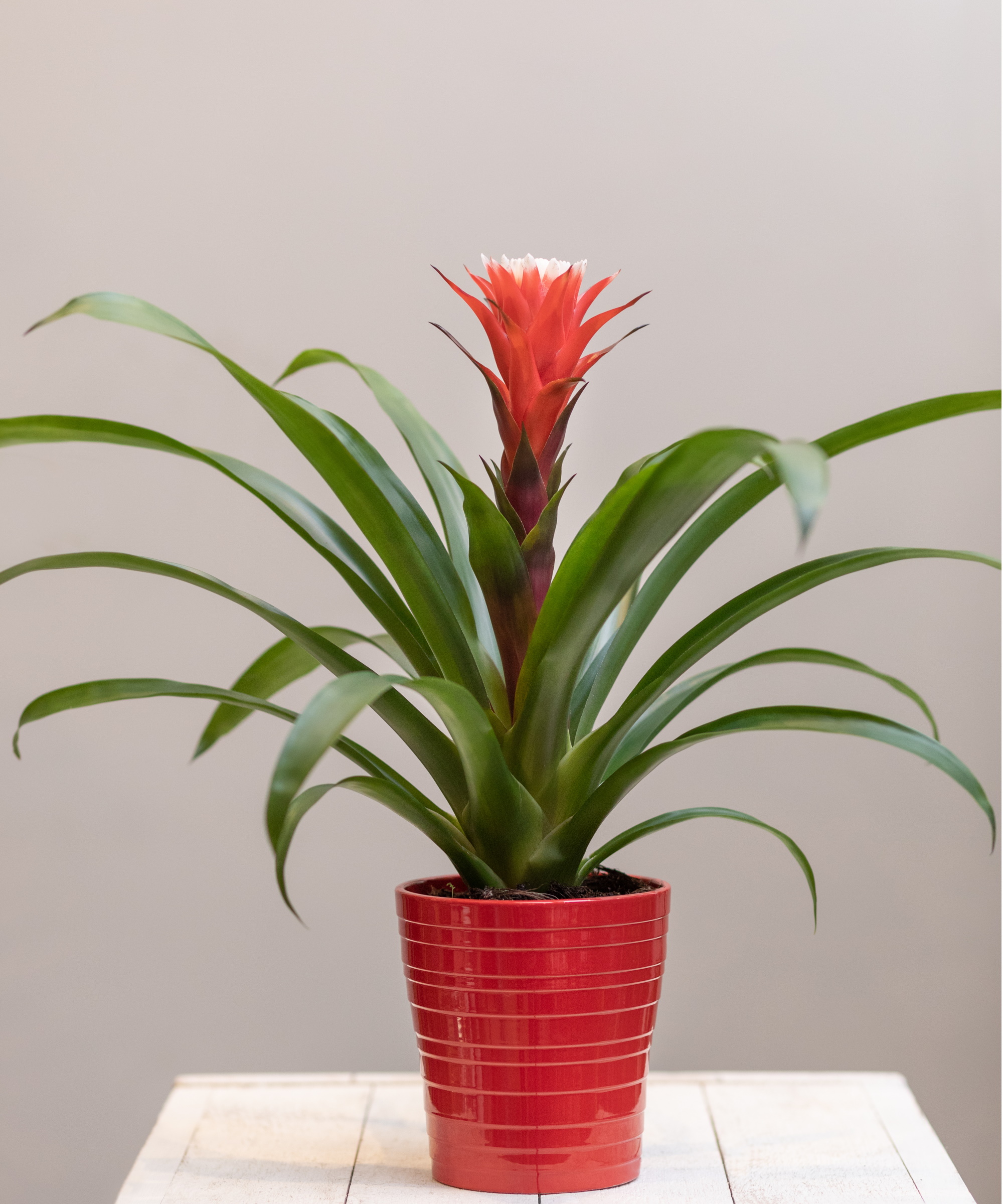
Another houseplant native to tropical climes, bromeliads are some of the most unusual houseplants with vivid colors and waxy flowers. They're used to growing in higher humidity levels, absorbing moisture through their foliage.
'Bromeliads have specialized leaf rosettes that can capture and absorb water, typically through their leaf surface,' notes Paris. The rosette Paris describes sits at the center of bromeliad plants. This is where water collects for the plant to slowly absorb.
When caring for bromeliads, make sure to place them in sunny positions and don't let them dry out completely. Once bromeliads finish flowering, you should continue providing optimal care so they produces pups to propagate.
5. Rubber plants
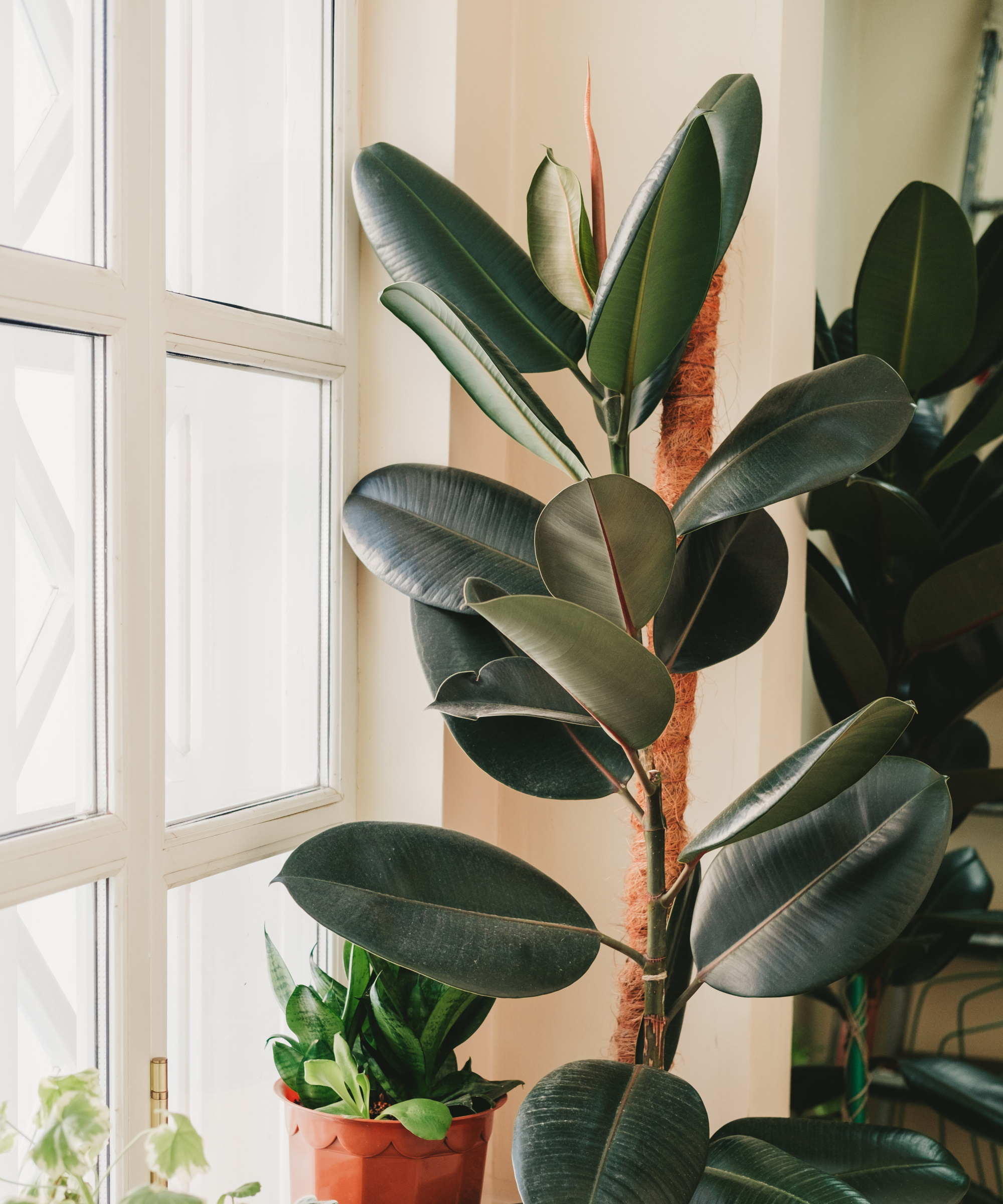
Native to Southeast Asia, rubber plants are found growing beneath canopies of trees where they are surrounded by other plants and thrive in higher humidity.
'Rubber plants are tolerant of many types of humidity environments and like indirect light, since too much light can burn their leaves,' says Michael.
When caring for a rubber plant, Michael advises: 'It's best to water once the top three inches of soil has dried out.' You should also keep your rubber plant in room temperature between 65°F-85°F. 'They tend to decline when the temperature drops below 60°F,' Michael says.
If you see any damaged foliage on your rubber plant, you can also prune your rubber plant using essential pruning tools. Try using these pruning shears from Amazon, for example.
FAQs
Can you water houseplants leaves?
No, it is not wise to water the leaves of houseplants. This is because they absorb the majority of the moisture they need through their roots in the soil. However, tropical plants enjoy higher humidity and will absorb some moisture from the air. Nevertheless, this is not in replacement of the water needed at the base of the plant.
Just remember that although these houseplants absorb moisture from the air more so than others, you can't solely rely on them to regulate the moisture levels in your home. The effect will be minimal in comparison to when they're growing in their natural habitats. Nevertheless, there are so many other ways houseplants can benefit our homes. For example, houseplants can reduce dust and there are even plants to help with sleep.
Sign up to the Homes & Gardens newsletter
Design expertise in your inbox – from inspiring decorating ideas and beautiful celebrity homes to practical gardening advice and shopping round-ups.

Tenielle is a Gardens News Writer at Homes & Gardens. She holds a qualification in MA Magazine Journalism and has over six years of journalistic experience. Before coming to Homes & Gardens, Tenielle was in the editorial department at the Royal Horticultural Society and worked on The Garden magazine. As our in-house houseplant expert, Tenielle writes on a range of solutions to houseplant problems, as well as other 'how to' guides, inspiring garden projects, and the latest gardening news. When she isn't writing, Tenielle can be found propagating her ever-growing collection of indoor plants, helping others overcome common houseplant pests and diseases, volunteering at a local gardening club, and attending gardening workshops, like a composting masterclass.
-
 Everyone is obsessed with vintage tiles right now – bring the nostalgic charm of this classic design feature into your home with our 5 design ideas
Everyone is obsessed with vintage tiles right now – bring the nostalgic charm of this classic design feature into your home with our 5 design ideasHonor the past with our favorite ways to decorate with vintage tiles, as suggested by interior design experts
By Eleanor Richardson Published
-
 'It's a fast reset button' – using the 1, 2 ,3 ,4, 5 decluttering method cleared my persistent mess in seconds
'It's a fast reset button' – using the 1, 2 ,3 ,4, 5 decluttering method cleared my persistent mess in secondsIt's easy, effective and so quick to do
By Ottilie Blackhall Published